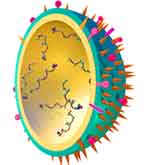NIH NIAID
The National Institute of Allergy and Infectious Diseases is one of the 27 institutes and centers that make up the National Institutes of Health, an agency of the United States Department of Health and Human Services.

Science Facts Written by NIH NIAID
Protozoa That Cause Disease
Diseases caused by protozoan parasites are among the leading causes of death and disease in tropical and subtropical regions of the world. Developing countries within these areas contain ... Continue reading

What is Asthma?
In many people, asthma appears to be an allergic reaction to substances commonly breathed in through the air, such as animal dander, pollen, or dust mite and cockroach waste products. The catch-all ... Continue reading
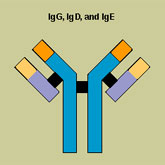
Rocky Mountain Spotted Fever
Rocky Mountain spotted fever (RMSF) is caused by tiny bacteria called rickettsiae that live inside the cells of infected individuals. It has been reported throughout the United States, but is most ... Continue reading
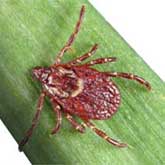
The Plague
Plague is an infectious disease caused by the bacterium Yersinia pestis. The bacterium is found mainly in rodents, particularly rats, and in the fleas that feed on them. Other animals and humans ... Continue reading
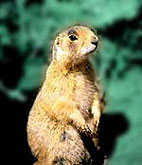
Fighting Viruses
Viral diseases can be very difficult to treat because viruses live inside the body's cells where they are protected from medicines in the blood stream. Researchers developed the first antiviral drug ... Continue reading

Re-emerging Microbes
The reappearance of microbes that had been successfully conquered or controlled by medicines is distressing to the scientific and medical communities as well as to the public. A major cause of this ... Continue reading
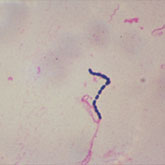
Flu Pandemics in the 20th Century
If a flu virus emerges that is either new or that has not circulated in many years, and if it is able to spread easily from person to person, it could quickly travel around the world and cause serious ... Continue reading
